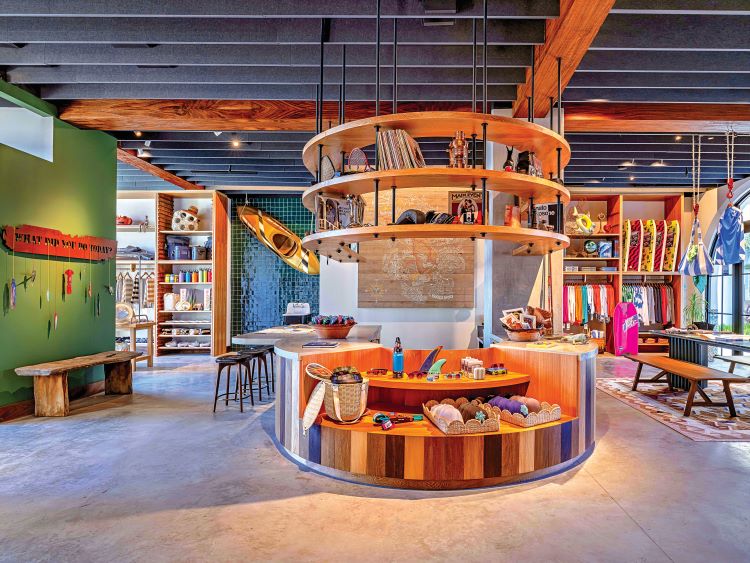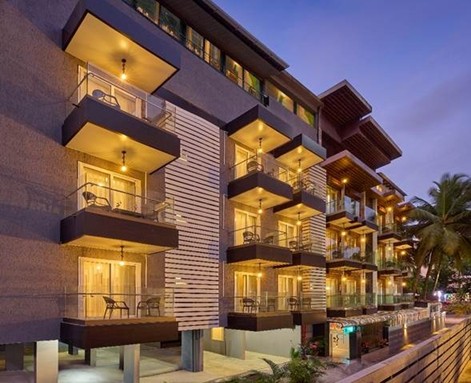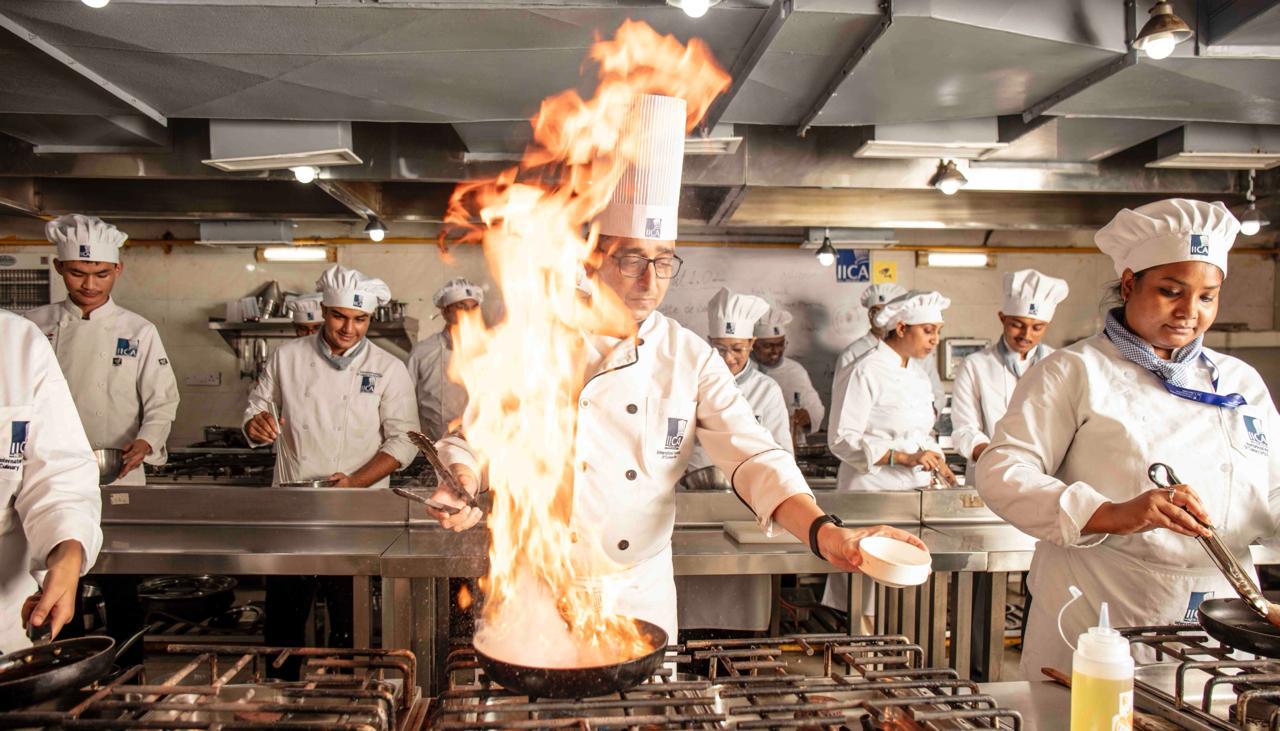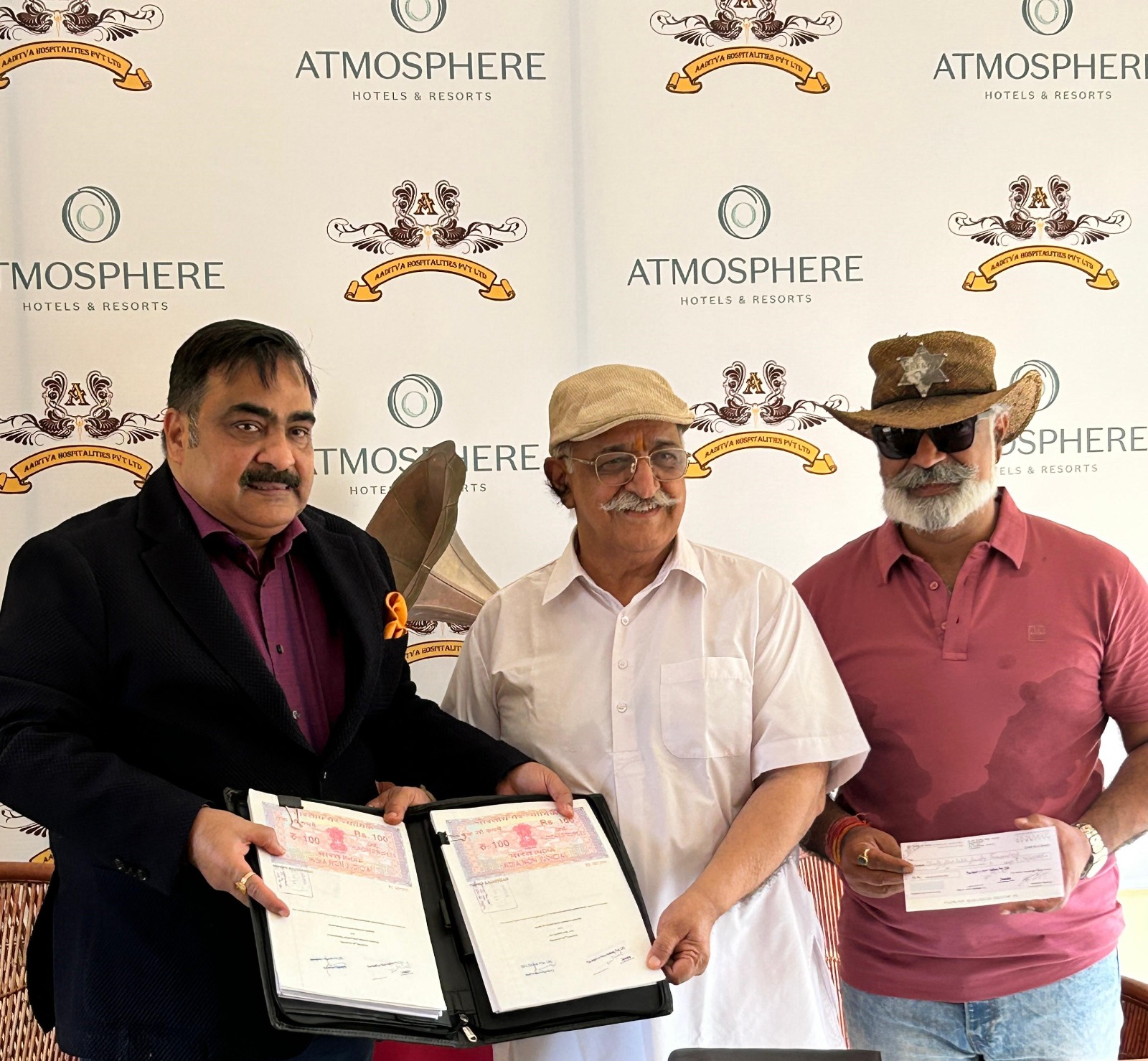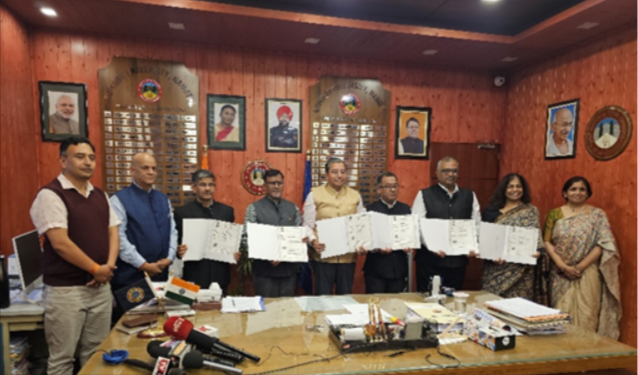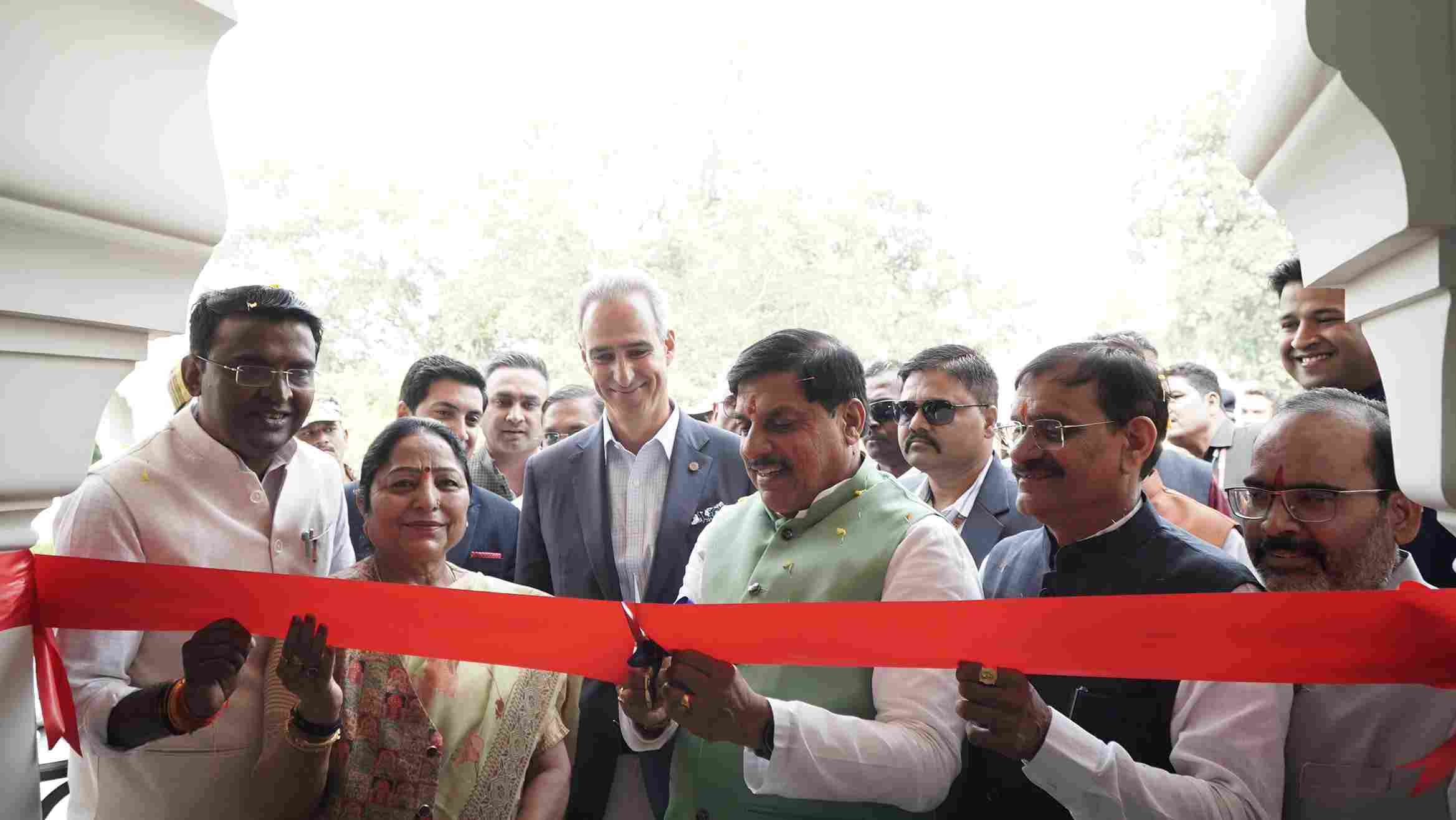Erin Juhl outlines why a cohesive master plan, branding and design are critical to four-star outcomes.
A breathtaking location. Custom interiors. A celebrity chef. These are elements every hospitality project hopes to include. But without a connected, cohesive process that links master planning, interior design and branding, a hospitality project with the most enviable ingredients can fall flat. Guests can sense a disconnect within minutes—and that can cost you a star and the recommendations that follow. These elements do not just need to be present—they need to be sequenced properly, with teams working collaboratively from the start. Ideally, the teams are all under the same firm, so that there is continued collaboration from start to final details. If that structure is not possible, it is critical to build regular and frequent touch-bases. Handoffs without discussion of key findings or imperatives often lead to costly delays and diluted experiences.
Success all begins with master planning—a term often associated with large-scale developments or city planning. But master planning is just as essential for hospitality projects of any size, from entire resorts to a single restaurant. No matter how well a dining room is designed, it won’t matter if the plate arrives cold. Thoughtful master planning accounts for the practical needs of a space: staff flow, storage access (from fresh produce to towels) to ensure exceptional service and a seamless guest experience. It also clearly outlines brand aspirations and environmental context so that the creative supports the practical and business needs.
This foundational thinking lays the groundwork for brand strategists and designers to craft a compelling narrative—the special story that informs both interior design and branding. Strong master planning also uncovers unique selling points that help a project stand out in today’s competitive market.
When branding and interior design evolve together, the built environment and guest experience reinforce each other—creating a stronger impact than either discipline could alone. Take, for example, the work our firm completed for Four Seasons Cabo San Lucas. Branding research revealed a story about rustic fishing huts that once dotted the coast—used by early adventure-seekers who came to fish, surf and explore. This concept became the seed for an new type of concierge space. Instead of a traditional desk, the design team created an immersive environment that echoed the thrill of Baja’s early adventurers—complete with a media wall for guests to share footage and a curated retail space stocked with demo gear.
Beyond experiences, a well-executed master plan and brand narrative ensure that the physical space reflects the hotel’s core values and personality. Everything from layout to furnishings, artwork, materials and finishes can be traced back to these guiding principles—resulting in a cohesive, standout space filled with “only here” moments that turn guests into loyal fans.
About the author
Erin Juhl is a design director at EDG, a global hospitality design and branding studio with offices in Marin Co., California, Dallas and Singapore. EDG has won numerous awards and recognitions in its 35-year history, recently winning 2024’s Gold Key Award for the Four Seasons Resort Cabo San Lucas and Interior Design Magazine’s 2023 Best of Year award for Mii amo Spa in Sedona, Arizona.
A well-executed master plan and brand narrative reflect the hotel’s core values and personality


